
Virtual Makeover: Sounds Around
Learn how to adapt our “Sounds Around” student activity for remote instruction, allowing students to tune in to the everyday sounds of nature from home or a nearby outdoor space.

Learn how to adapt our “Sounds Around” student activity for remote instruction, allowing students to tune in to the everyday sounds of nature from home or a nearby outdoor space.
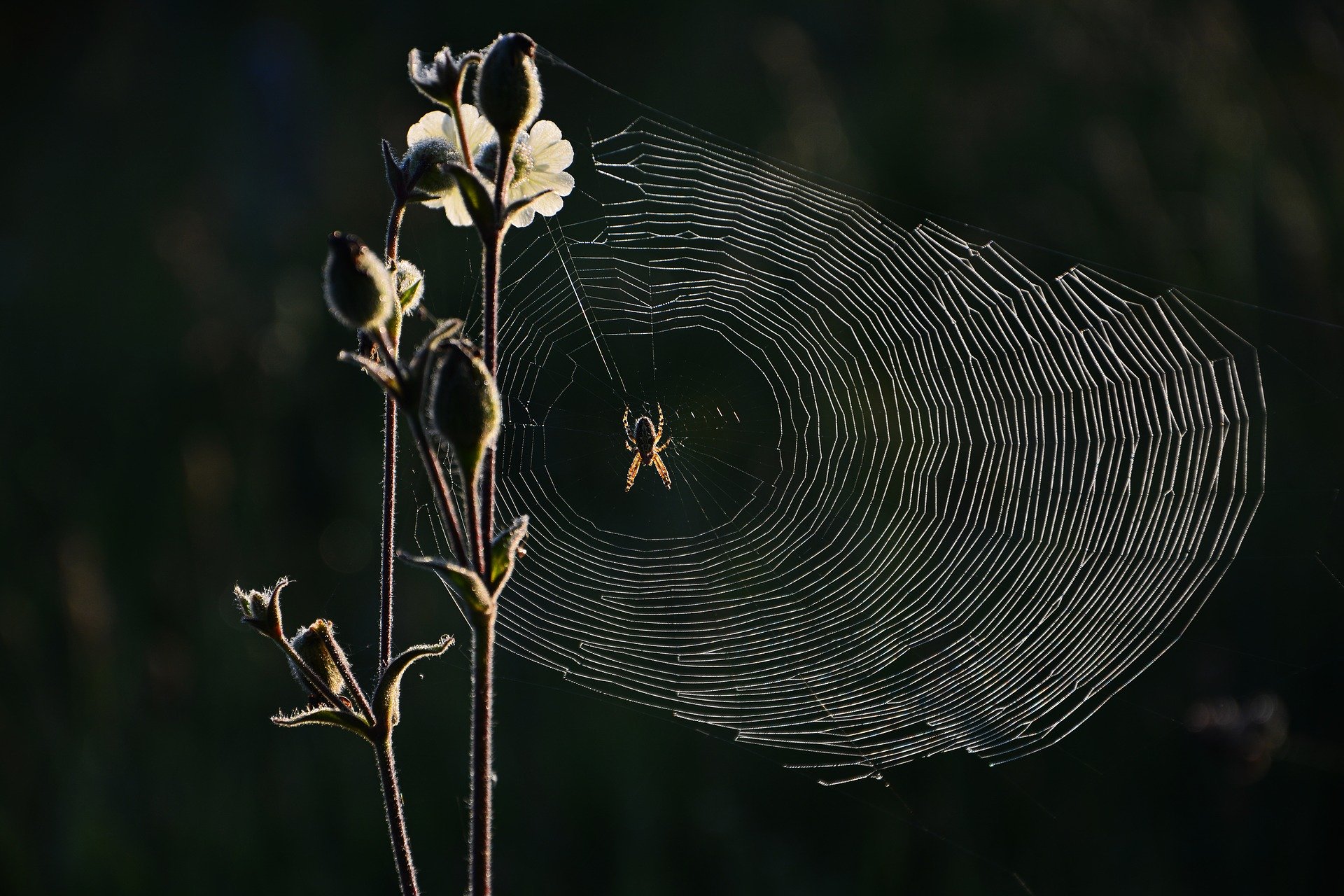
Are you ready to add some spooky science to your fall lesson plans? We have gathered a whole cauldron of creepy, crawly spider science activities to enhance your lessons. Try these 11 Halloween activities inspired by our eight-legged friends. Examine spider webs outdoors, build a spider habitat, consider how a spider would adapt to life in space, and more!
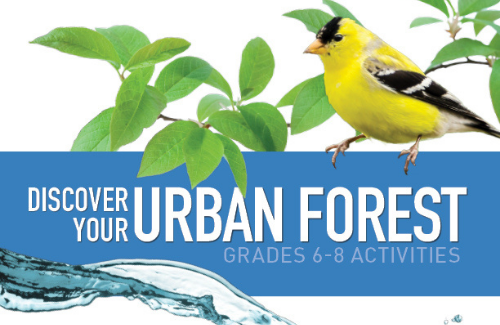
Discover Your Urban Forest is the first in a new series of theme-based PLT activity collections. It features three brand new PLT activities for educators of students in grades 6-8 that invite learners to explore their urban environment and investigate environmental issues that affect their urban community.
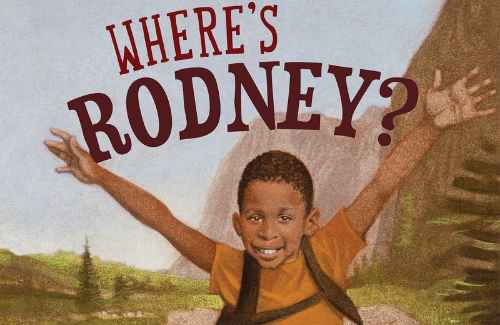
Rodney can’t seem to sit still. At school, he is always more interested in what is happening outside the window than what is going on inside the classroom. Learn how a park visit can transform Rodney’s perspective. Use this text to explore learning styles and personal characteristics with young readers.
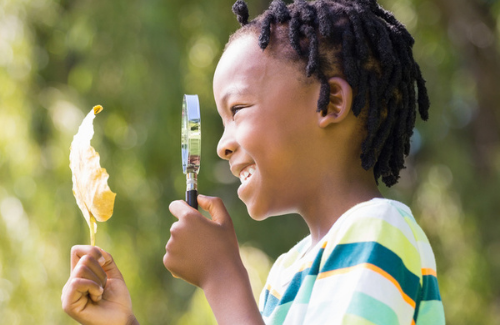
Many PLT activities are easily adapted to virtual learning, as we illustrate in this new monthly feature in the Branch. Check out this adaptation for Looking at Leaves from Colorado’s PLT Coordinator
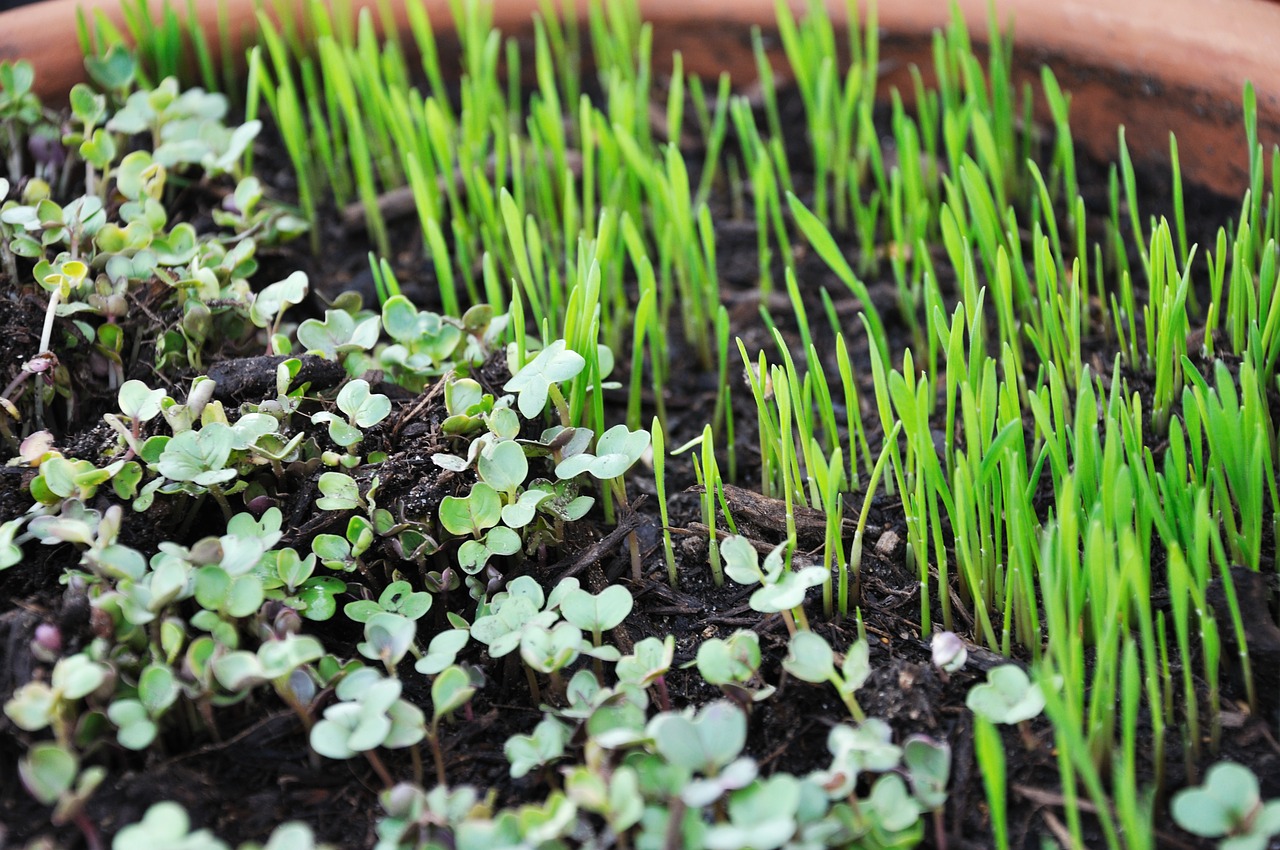
You don’t need a schoolyard or backyard garden to observe plants grow—you can do it inside your classroom or kitchen. Growing plants indoors, even in small spaces, is much easier than you may think.
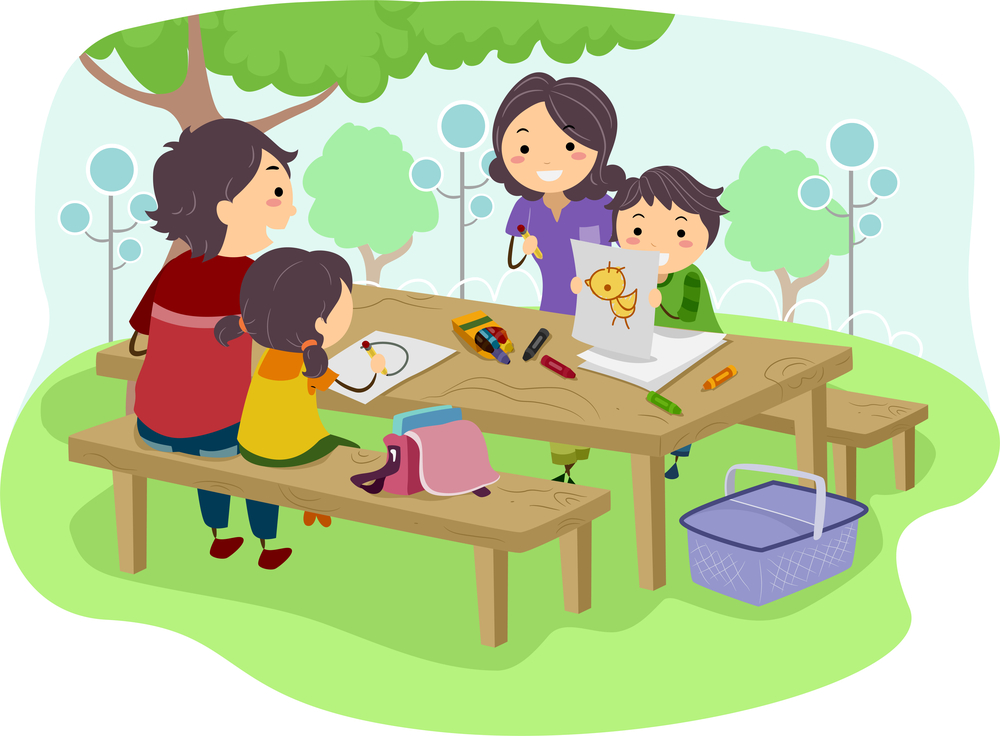
Spending time outside is one way we can boost our resiliency while quarantining at home to slow the spread of the COVID-19 coronavirus. Bookmark a few of these free PLT family activities to try in your backyard, at a local park or trail, or another nearby safe space outdoors.
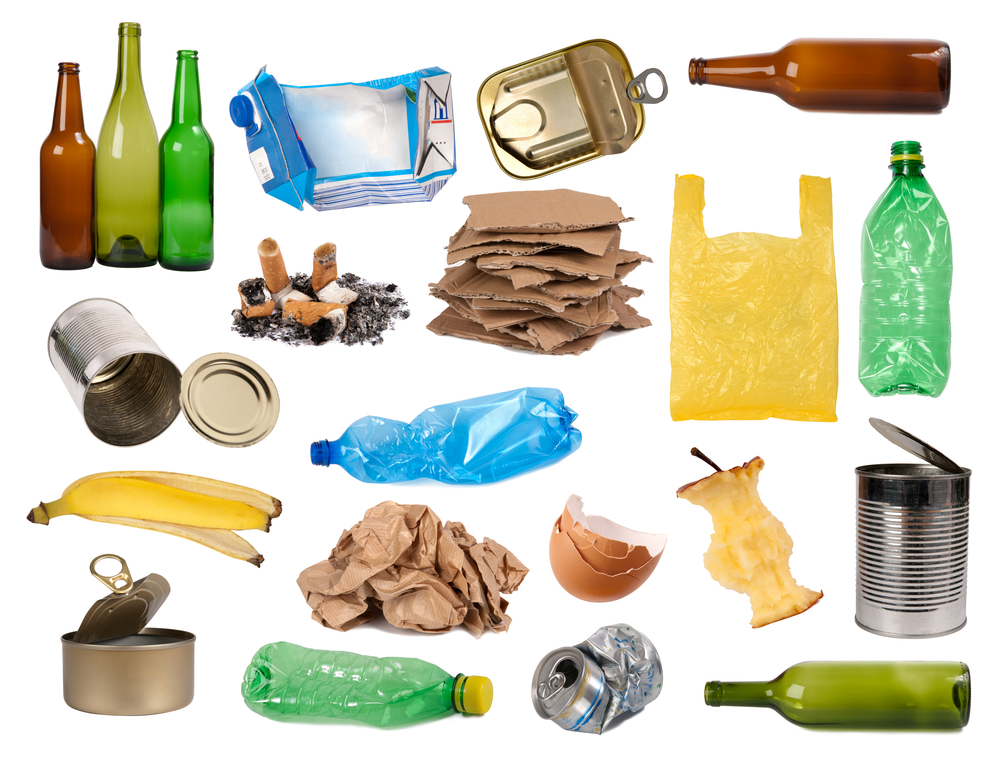
When you hear the word “pollution,” what type of pollution do you think about? Knowing the characteristics of each of the five types of pollution, and what you can do to reduce the amounts, can make a positive difference for the environment.

Composting can take place in your classroom, kitchen, backyard, neighborhood, or community. Learning about compost can be a hands-on activity, and you don’t need much space to get started.
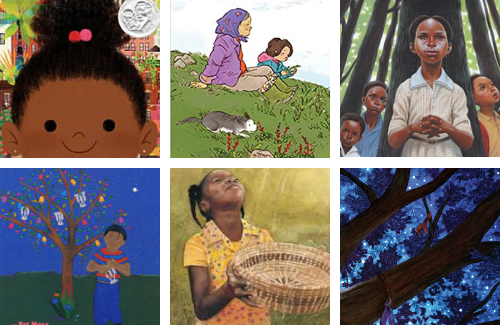
Looking for some great summer reading choices? Encourage the children you teach to curl up with one of these riveting reads featuring BIPOC (Black, Indigenous, people of color) protagonists to learn about the natural world.